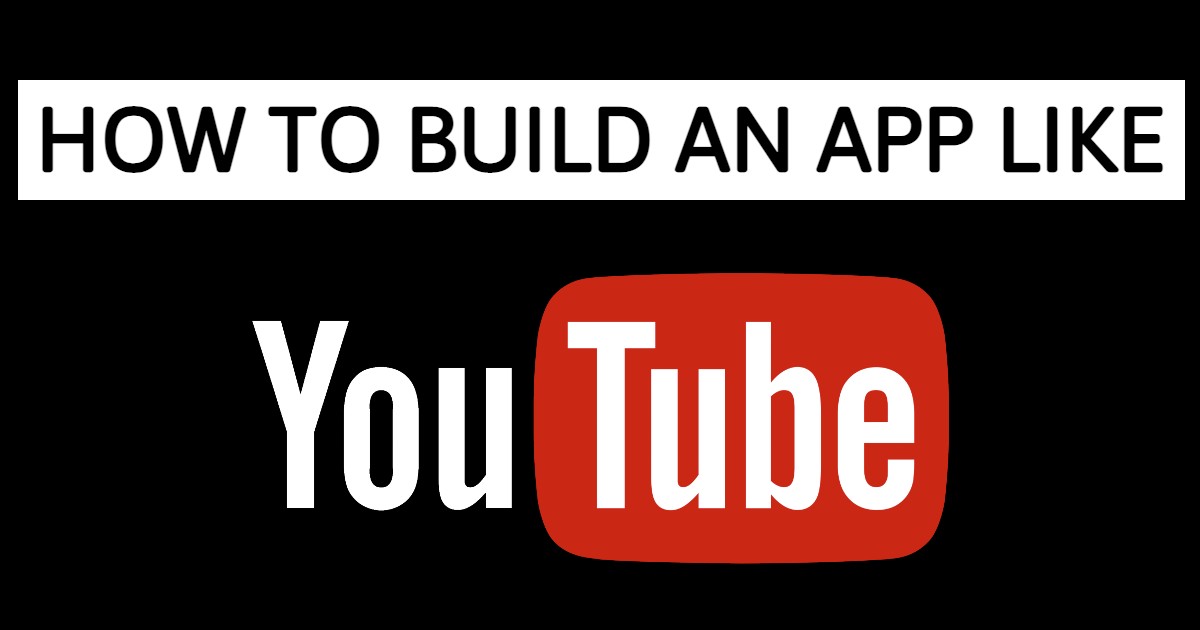Since 2005, YouTube has been dominating the online video-streaming space. It may be more than 15 years old, but the platform has only gotten faster, bigger, and more diverse with each passing year. It currently brings in 1.7 billion unique monthly visitors, and it is the second most visited website right after their parent company, Google.
But just because YouTube is such a massive giant, it doesn’t mean there isn’t a threatening competitor lurking around the corner ready to take their reigns.
Let us deep dive into everything YouTube and see what is under the hood.
1. The History of YouTube
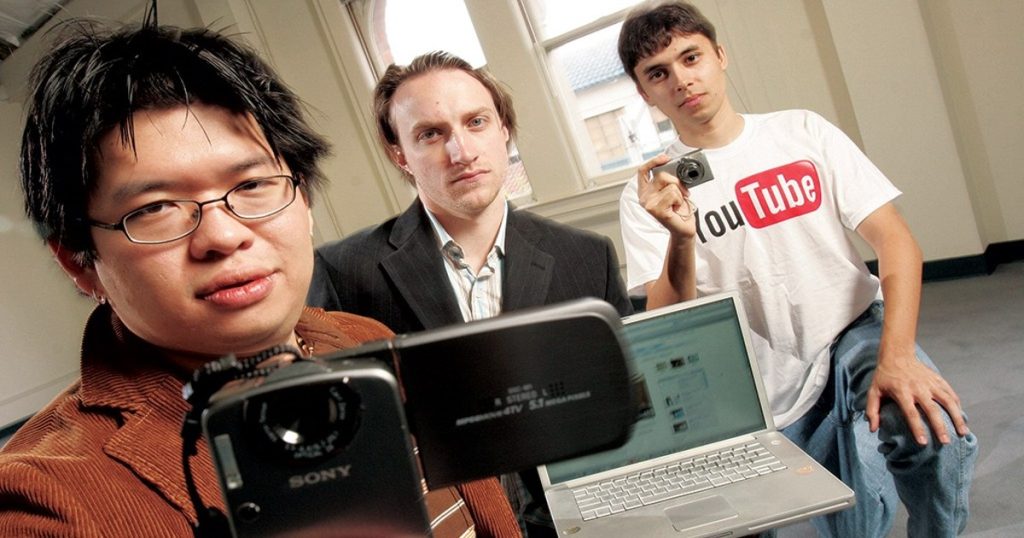
Back on February 14, 2005, there were three friends by the names of Steve Chen, Chad Hurley, and Jawed Karim with an idea that changed the world.
After searching tirelessly online to find a video platform to share videos, they quickly realized that there was none in sight that allowed people to easily upload and share videos with their friends. Yes, there were smaller platforms that provided video sharing, but they were cumbersome, rarely used, and had heavy video compression using Macromedia/Adobe Flash that made it hard to scale.
They quickly went to work and launched their first beta in May 2005, first using Adobe Flash as their video compressor but quickly pivoted to the fast HTML5 when it was released. It was an instant success, attracting 30,000 visitors per day. By the end of the year, it was serving more than 2 million video views daily.
Becoming such a huge part of the internet, on October 9, 2006, Google took notice and made the decision to purchase YouTube for $1.65 billion, back then it was their most expensive purchase in history.
Every year since then, the numbers have skyrocketed and has now become the global dominant video sharing platform, bringing in billions of visitors per month and hosting 800 million videos.
2. How does YouTube work?
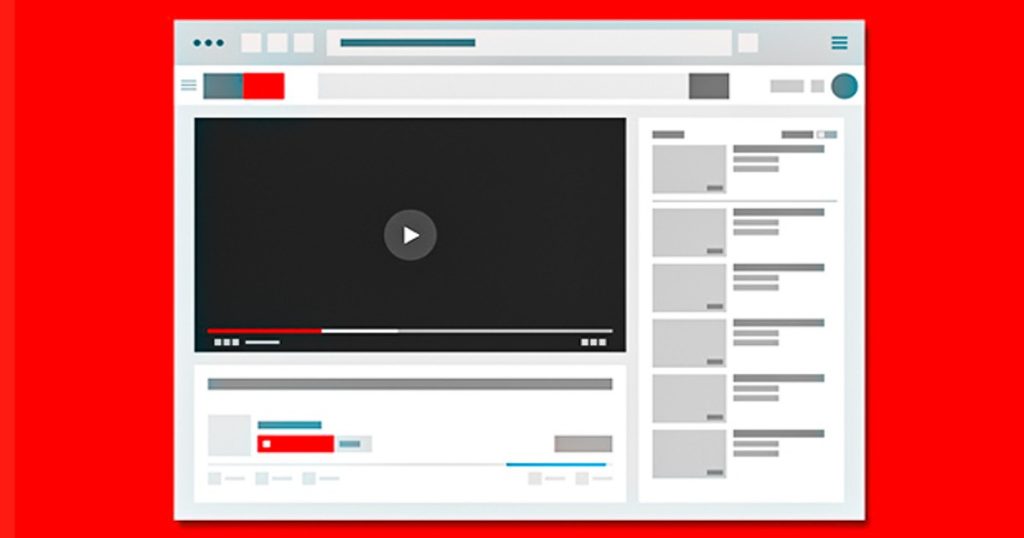
In simple terms, YouTube is a video sharing service where users are able to watch, like, share, comment and upload their own videos.
In the early days, users were allowed to upload pretty much anything on the platform such as crazy stunts and pranks. That type of content still exists today, but as the years progressed there have been many copyright infringement issues along with political debates that have taken over. YouTube’s categories have also expanded out to allow sports, musical performances, instructional how-to videos, and even war footage.
As stated before, YouTube first began allowing you to upload videos of any file type and then converted them into Adobe Flash, so that you will be able to watch it on your browser. Later on when switching to HTML5, users were able to upload and watch videos much faster than ever before, this was a major shift in the internet world. Today, the majority of users access YouTube through their mobile app instead of their website, and it makes up 37% of all mobile traffic worldwide.
On the business side, YouTube makes their revenue by showing ads embedded inside and outside all videos on the platform, this advertising model is so lucrative that just last year in 2021, they generated $28.8 billion.
3. Features of YouTube
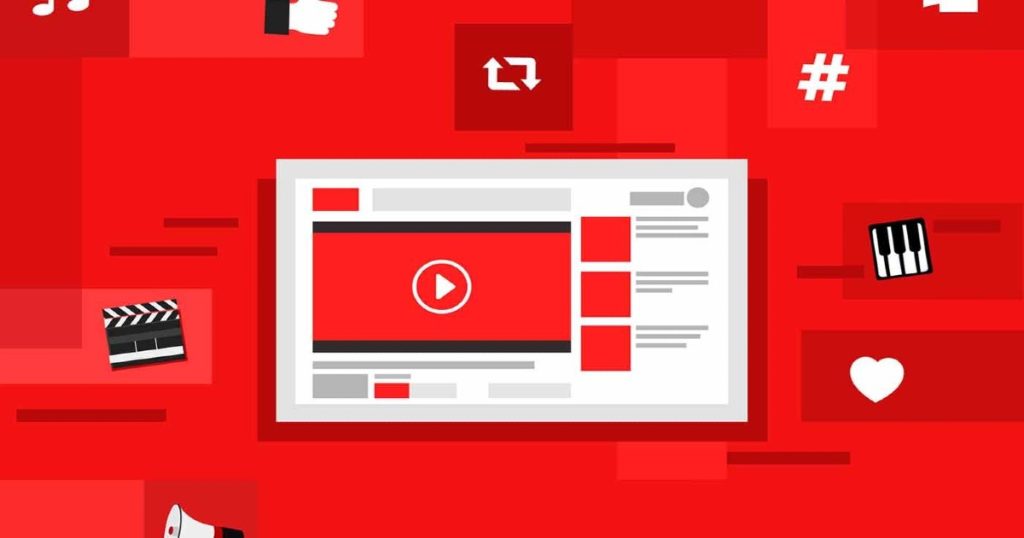
So what are the main features of YouTube? Here are the most important ones, as well as the ones that you should include in your video-streaming service:
- Trending/Recommended Videos – show the top performing videos at the moment, this will be what the user first sees when they open the website or app. It will also be based on the user’s history, subscriptions, and interests.
- User Registration – allow people to sign up and collect information whether they are a viewer or creator.
- Channel Creation – allows users to create their own channel and provide information about themselves or their organization.
- Video Uploading – users can upload multiple videos and build their channel, you can also limit how long you want videos to be and the formatting and resolution of each video, such as 720p, 1080p, 1440p, and 4K.
- Likes and Comments – you need to have a section in each video to allow users to like and comment on videos, this will increase retention and give people a voice.
- Subscribe to Channel – users can subscribe to their favorite channels and keep track of them in their account. Knowing what the user is interested in will allow you to show relevant content that they are likely to engage with.
- Save and Watch Later – this is quite beneficial for the customers or audiences. It enables them to see their preferred videos or interested channels whenever they get time. It makes them feel inclusive and cared for by the app creators and that they value their audiences and their time. Here you can also allow users to create their own curated playlists.
- Social Media Sharing – allows the sharing of videos on any social media platform without any issue or delay. This feature saves you time and allows you to post on multiple platforms in a single sitting, thus increasing your reach and exposure to attract more viewers across the internet.
- Live-Streaming – allows creators to interact live with their audiences and have an intimate engagement with their fans.
- Analytics Dashboard – your creators will want to know how their video are doing so here you can provide as much in-depth metrics about their video library and channel subscriptions performance.
- Copyright Laws – this will restrict people from uploading content that is not theirs and practice unlawful use or misuse of the content of content creators. It will also allow creators to be worry-free knowing that their content will not get copied and build a sense of confidence and safety in your user’s mind.
- Parental Control – this feature will limit or control inappropriate content, so kids will avoid being exposed to them. This also allows users to feel safe while navigating through the app.
- Bonus – Any new feature that provides the users with a more interactive user experience will prove to be a plus point for your app. As it will be a way forward for your app, and it will make you stand out as compared to YouTube.
4. YouTube Tech Stack
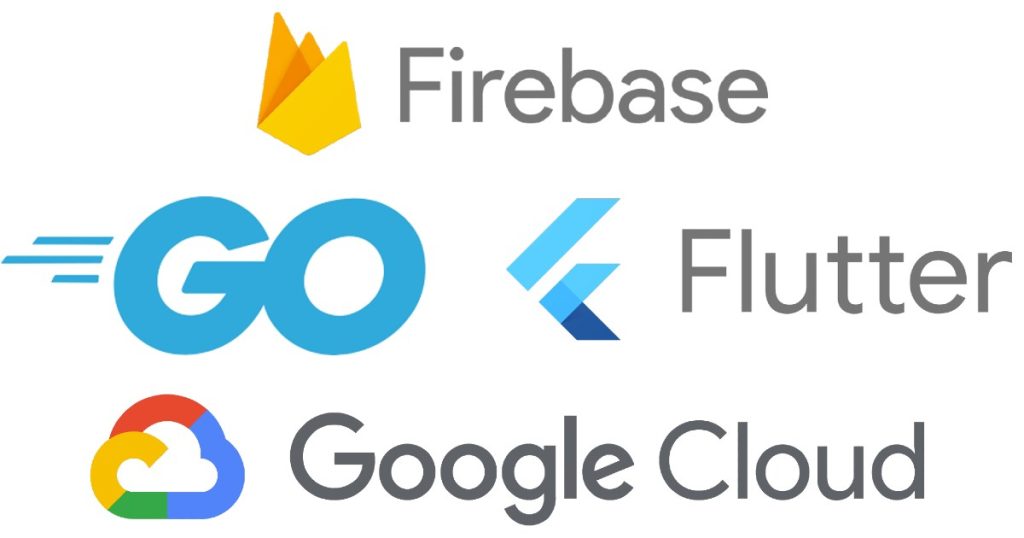
iOS App
- Framework: Flutter
Android App
- Framework: Flutter
Frontend Development
- Programming Language: JavaScript
- Frameworks: AngularJS for Web
Backend Development
- Programming Languages: Python, Go, JavaScript
- Frameworks: NodeJS, Express 5.0
- Database: FirebaseDB, MySQL
- Cloud: Google Cloud Platform (GCP)
Tools
- Storage: Google Cloud Storage
- Notifications: Google Cloud Messaging for Android and Apple Push Notification Service for iOS
- Real-Time Analytics: Google Analytics
5. The process of building an App

The most important thing to know in the process of building an app is what steps you have to follow so that you can launch an app that can be much better than YouTube.
If you follow a professional and technical process, chances are that you will get effective results.
Below are some basic steps that you need to follow:
- The first thing you need to kick-start your venture is a unique and creative idea. This will be the foundation, and it will set the direction and vision of what you want to accomplish. Try to think out of the box. Try brainstorming different ideas, then shortlist them or select one so that you can move forward to the next step, but make sure it is different. You can’t expect to have a successful company if all you do is clone YouTube, you need to stand out and have a unique proposition.
- Now after deciding the direction you want to go, you have to conceptualize it to provide a big picture of the whole project. The conceptualization of the idea helps you to move forward and make the idea a bit more concrete with each step. You can hire someone to make the concept paper of the idea, or you can do it yourself if you know how to do it. There are certain agencies as well that provide this service to partner with you to make your idea come to life.
- After conceptualization, you have to move forward to the app development stage. You should keep stringent quality control throughout this whole process, this will help you avoid future issues in the app dynamic, app technicalities, and layout. Invest proper time on choosing the right team to build your app and give your full attention to all the details and intricacies of app development.
- After you have gone through the above three steps of the app-building process, now focus on how to market the app. You have to decide which channel of marketing is the most relevant or what media channel can attract a wide range of audiences. You can select from a variety of marketing channels like Facebook, Instagram, LinkedIn, TikTok, Twitter, or PPC ads to promote your video streaming app. You can select from TV, and other channels as well, or you can go for a holistic approach that will provide you with a much wider reach to a big and diverse set of audiences. You can handle marketing activities with your team, or you can hire someone from an agency who can handle or partner with you in your marketing endeavors, this will enable you to achieve your marketing objectives faster.
6. How will you Monetize?
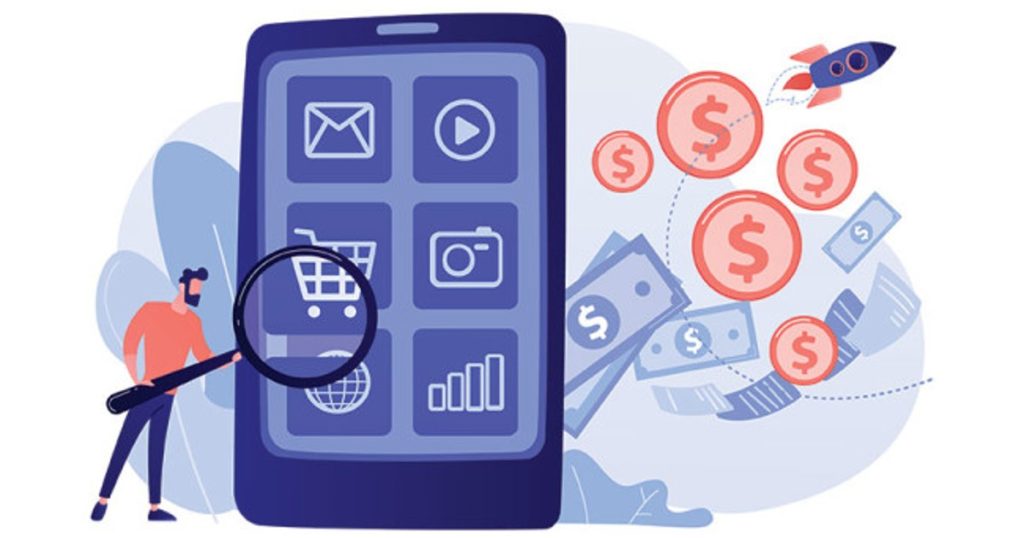
YouTube relies heavily on advertising as their main business model. They also earn revenue from their monthly subscriptions like YouTube Premium.
For the advertising side, YouTube shows many types of ads that are not only within videos but outside videos as well, they make sure that every piece of precious real estate on their app has an ad on it.
Some of their video ad formats include:
- Skippable in-stream ads
- Non-skippable in-stream ads
- In-feed video ads
- Bumper ads
- Outstream ads
- Masthead ads
7. How much does it cost to build an app like YouTube?
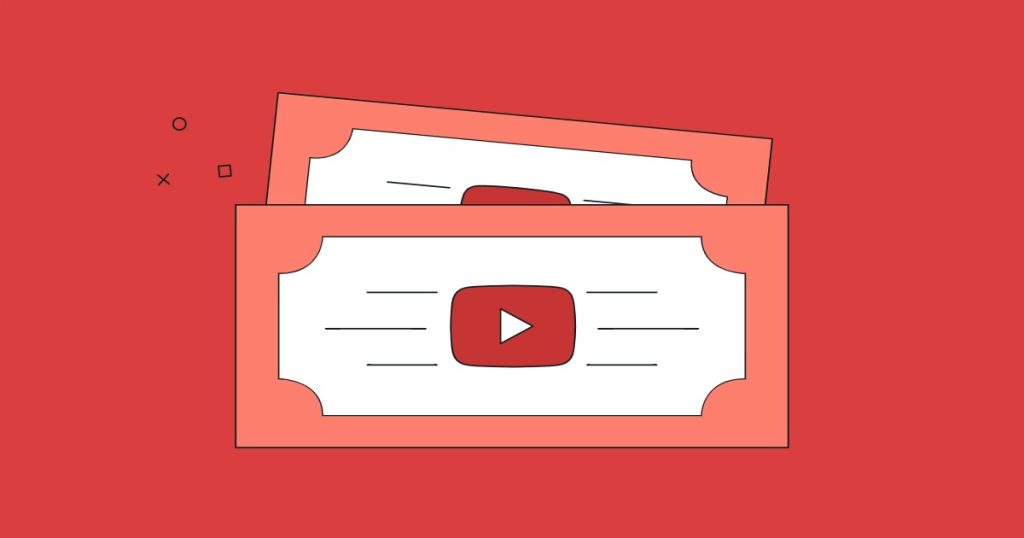
Do you want to build a real competitor to YouTube? We want you to remember that this is a life commitment, and you need to give up all of your time if you want to stand a chance, or it will not succeed. Besides giving up your life, you need to have the capital to back it up, this is a very expensive journey, and we would suggest that you start looking for venture capitalists with deep pockets to help you fund it.
If you want to build a real competitor to YouTube, with all of its current features, it will easily cost you in the tens of millions of dollars, and most likely more than that. If you want to stick to something small to test the waters like an MVP, with a couple of features, the cost will be between $100,000 to $1,000,000 depending on the amount of features you want to include in the beta version.
8. Final Thoughts
To build a YouTube competitor needs a lot of conscious effort and hard work. It is not a one-man mission to perform, you need to have a whole team with you along this journey so that you can operate effectively. You need managers, designers, app developers, content creators, advertisers, etc. Each person is important. That will make sure you execute your goals and vision successfully.
We hope this article gave you a clearer picture of what is it like to build an app like YouTube. We recommend that you do a lot of research, create an in-depth business plan, and seek out venture capitalists before starting app development.
If you are ready and interested in developing an app like YouTube, you can always contact us to help you build it.






